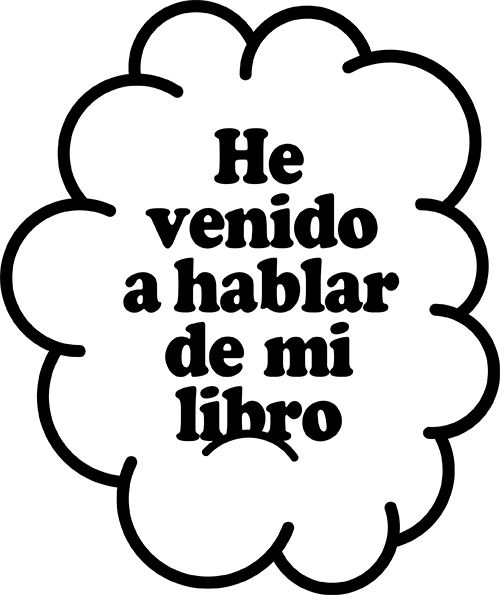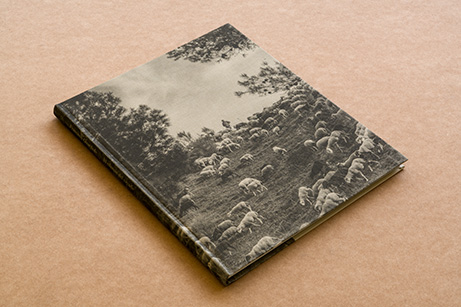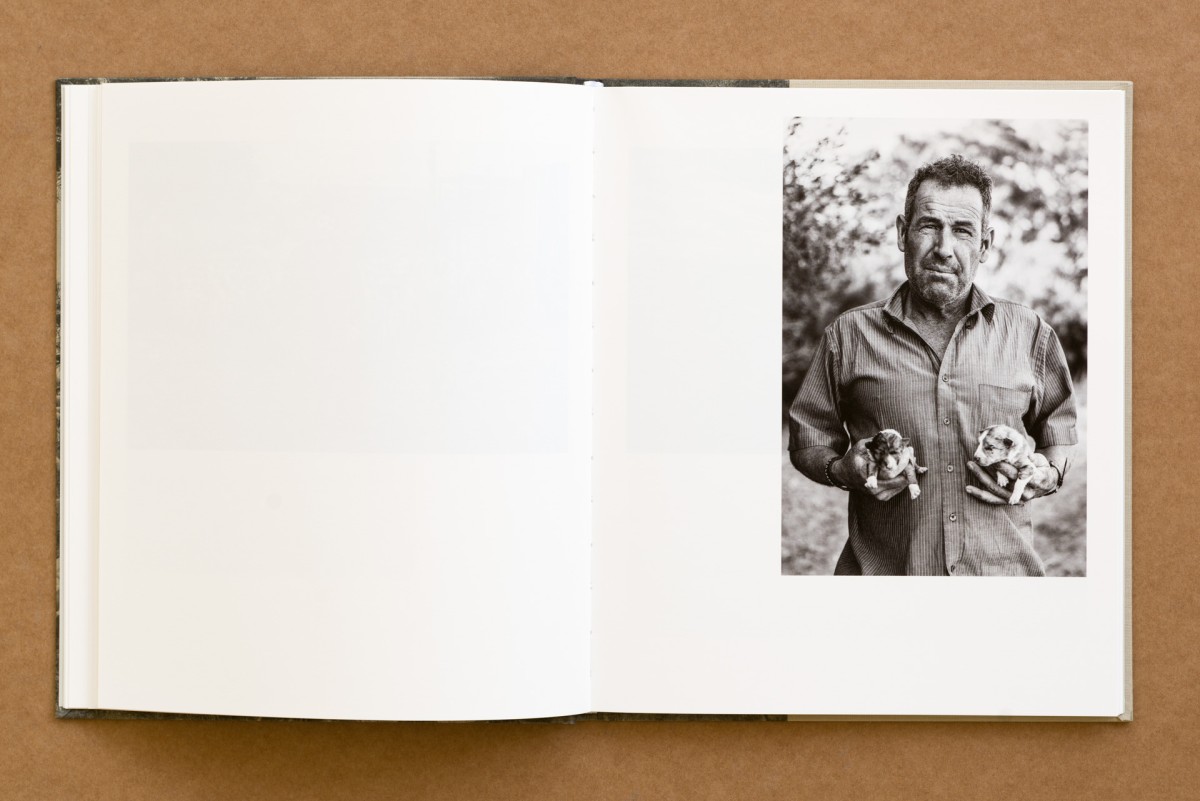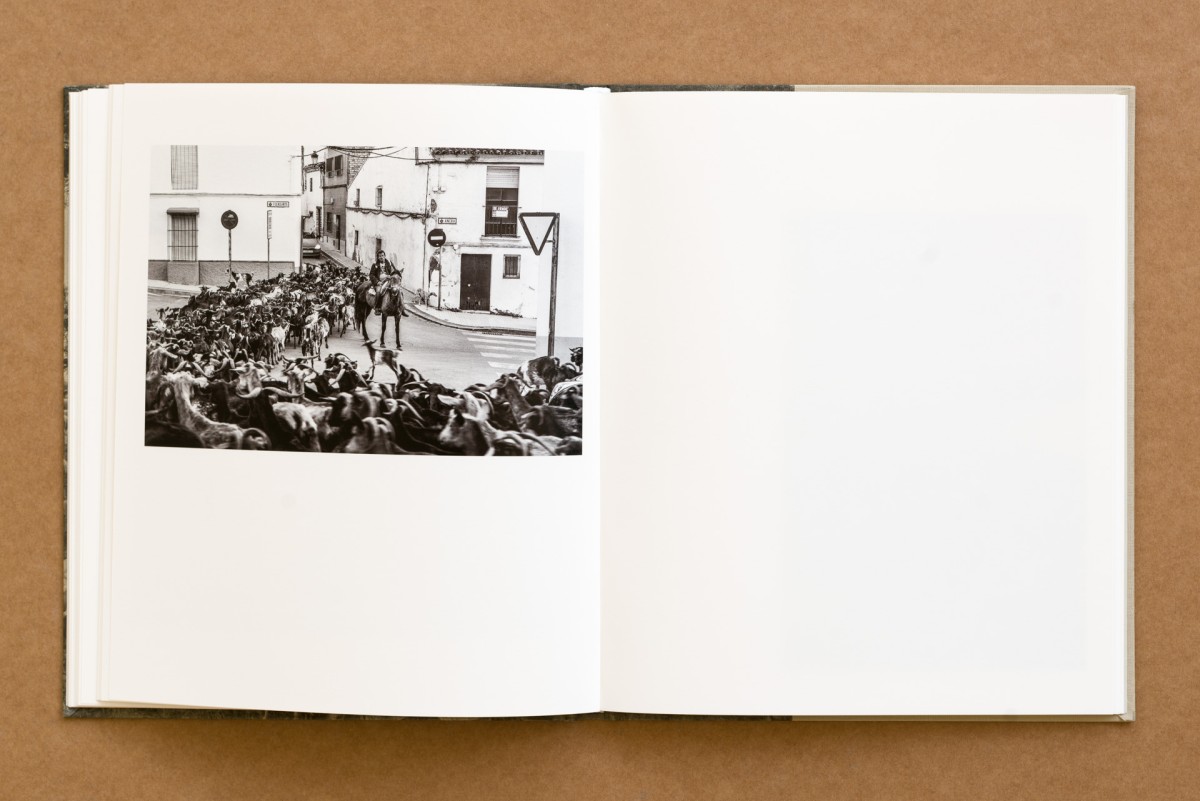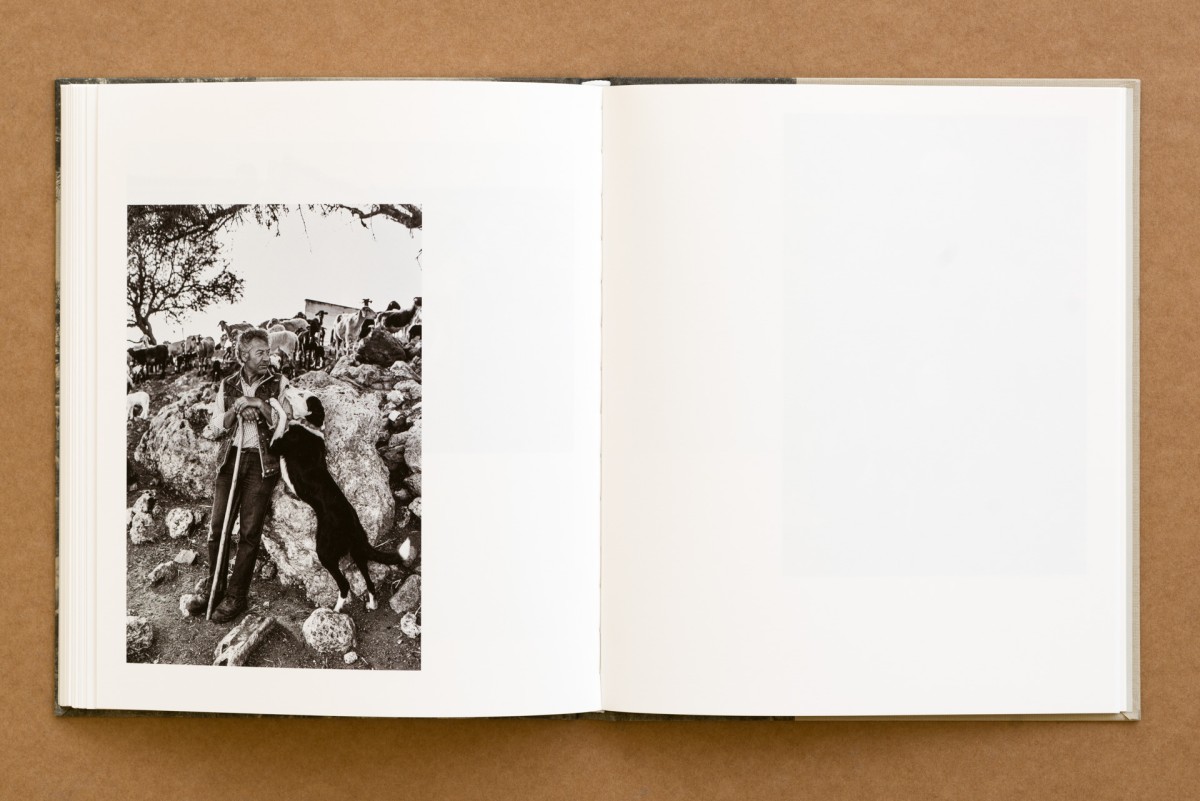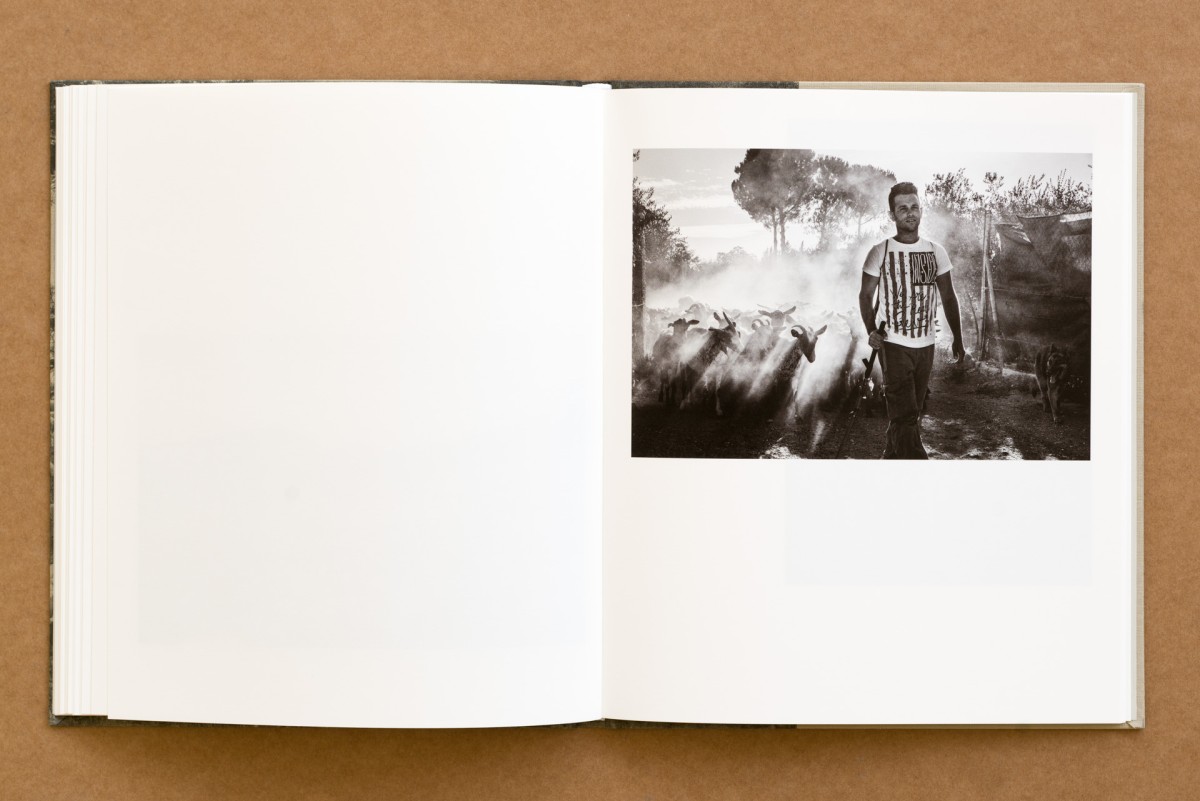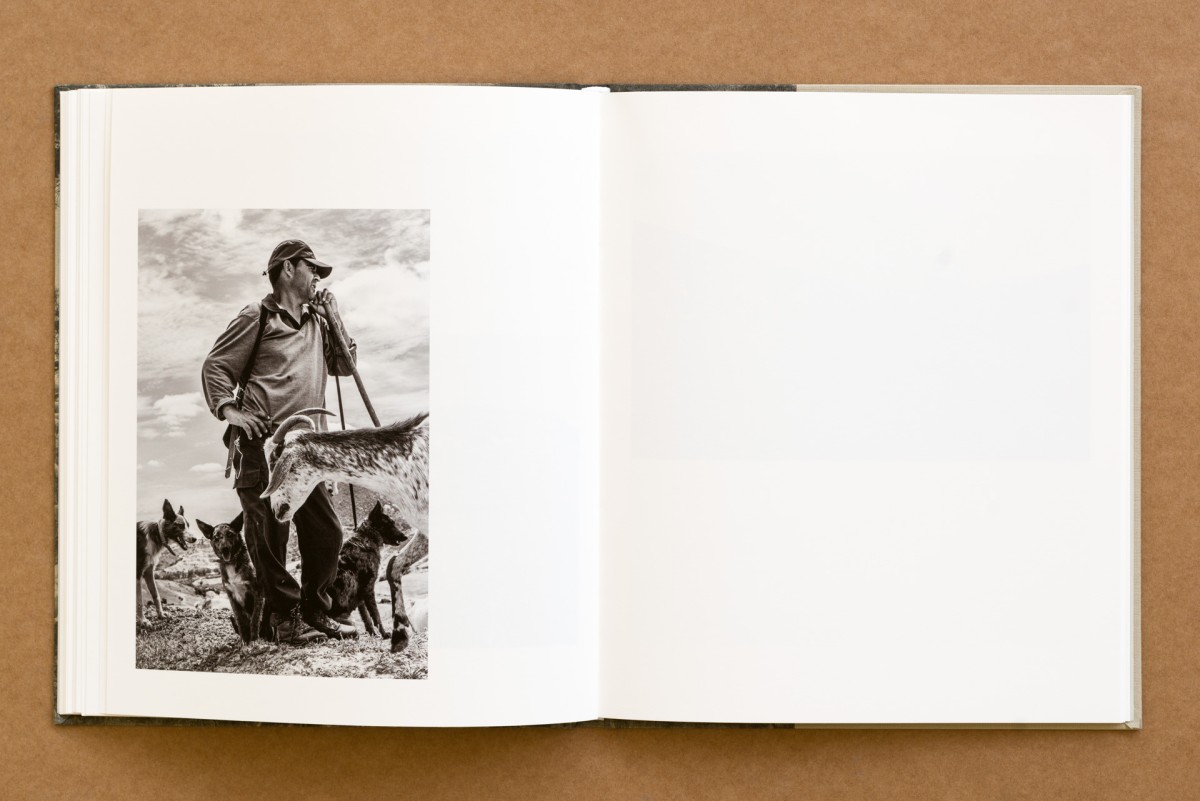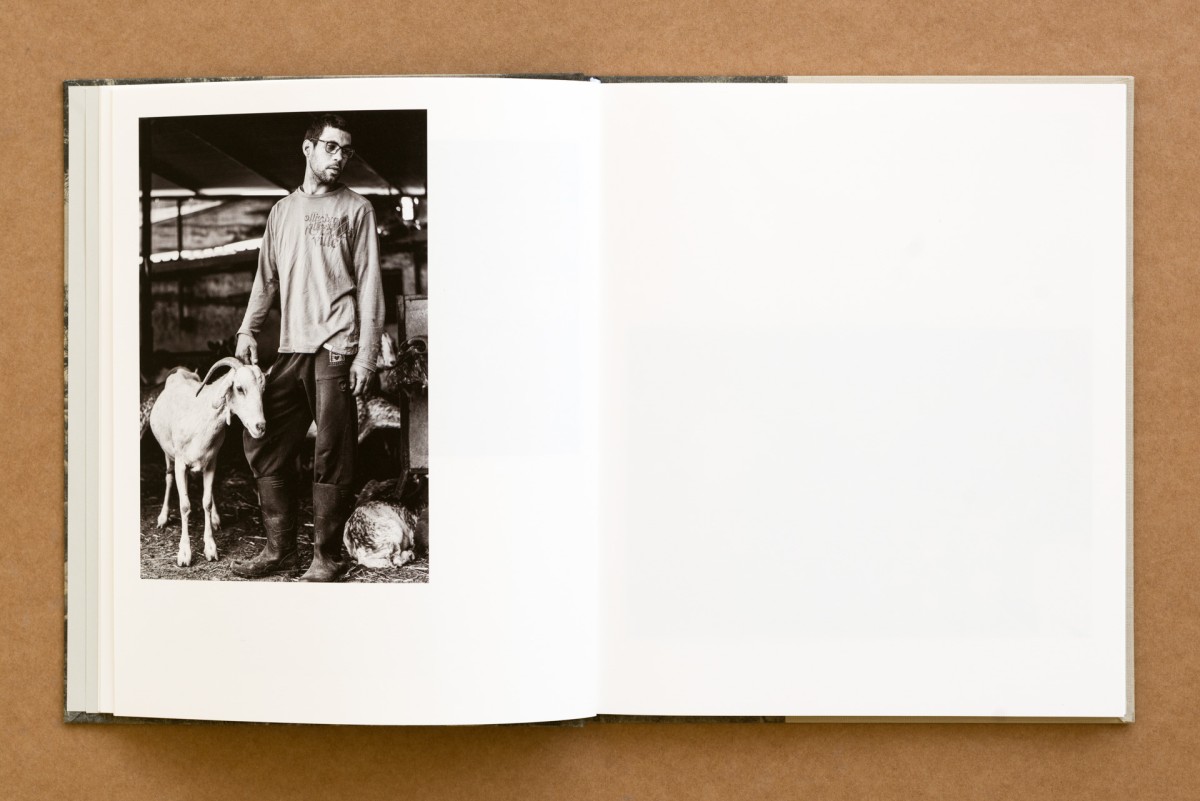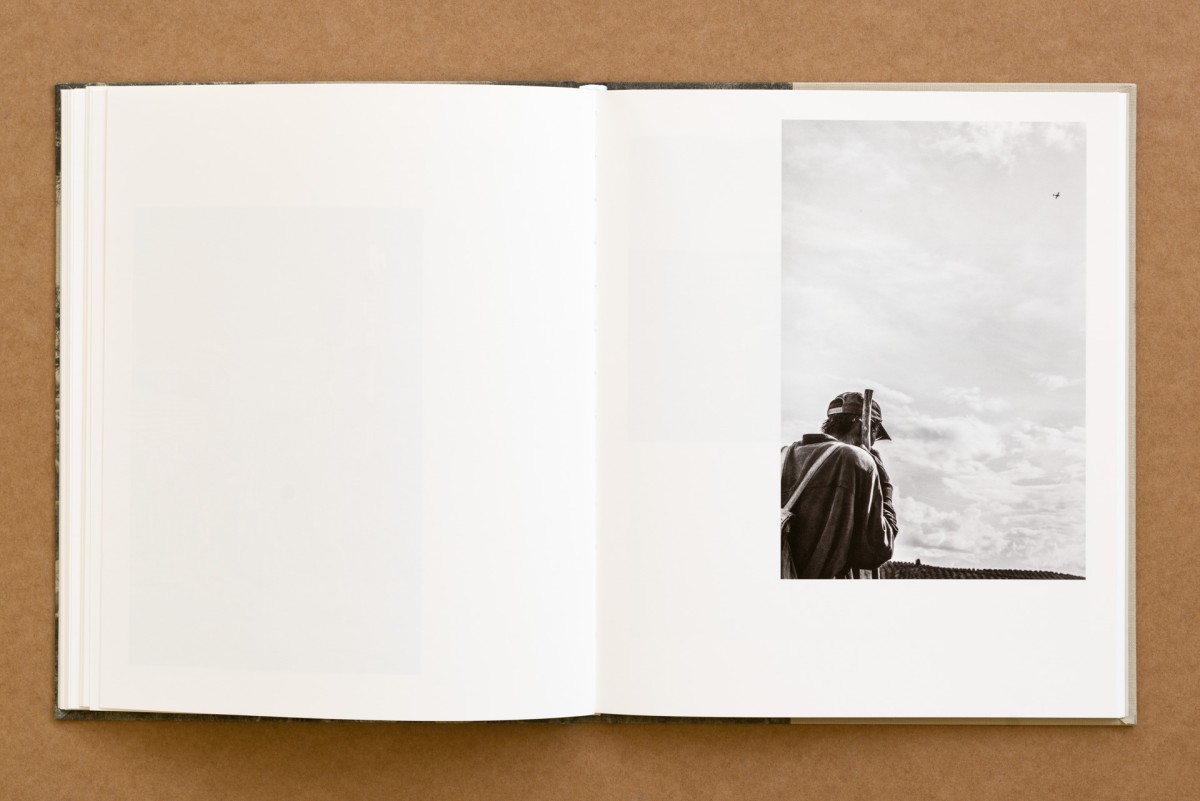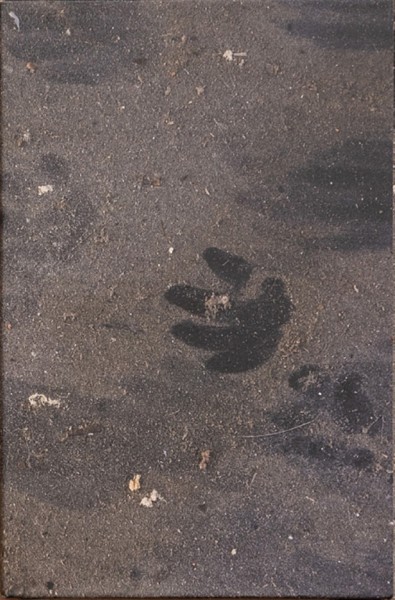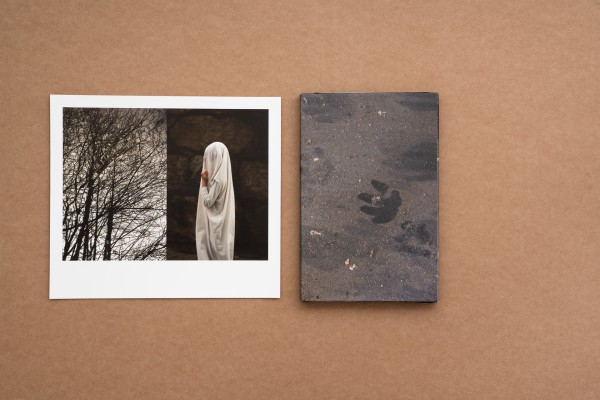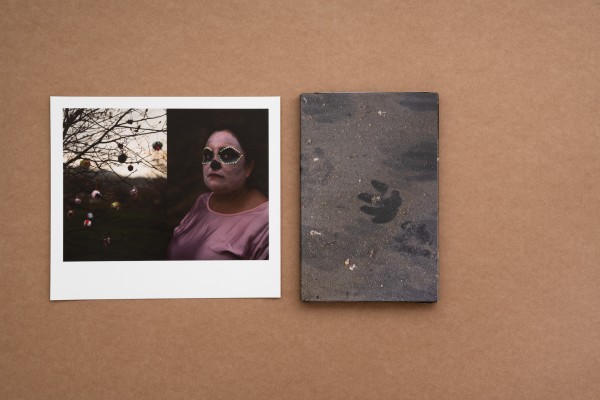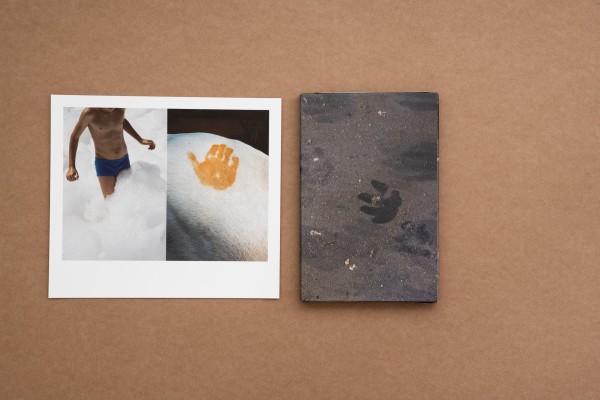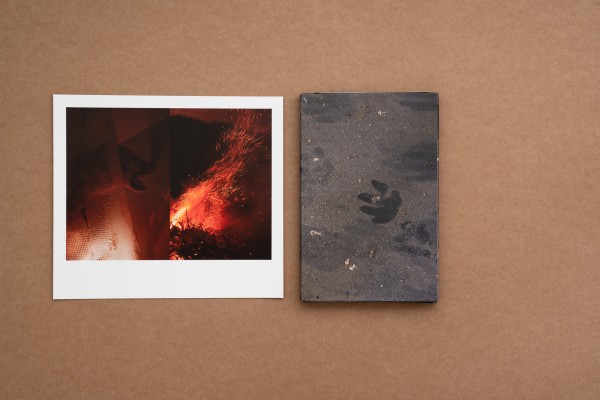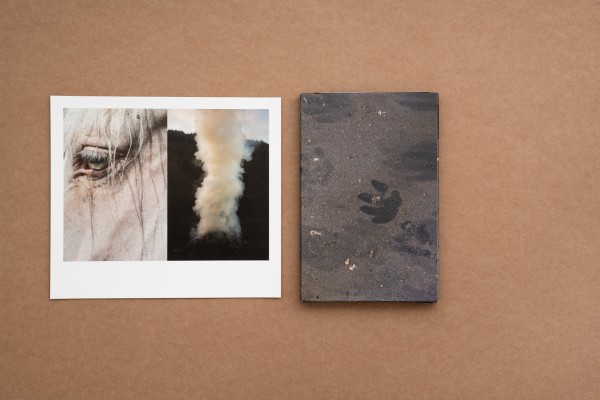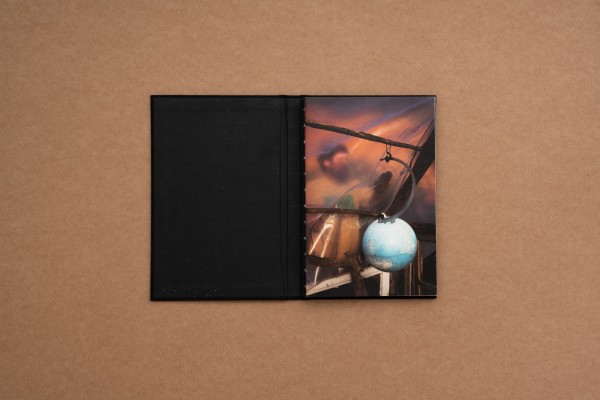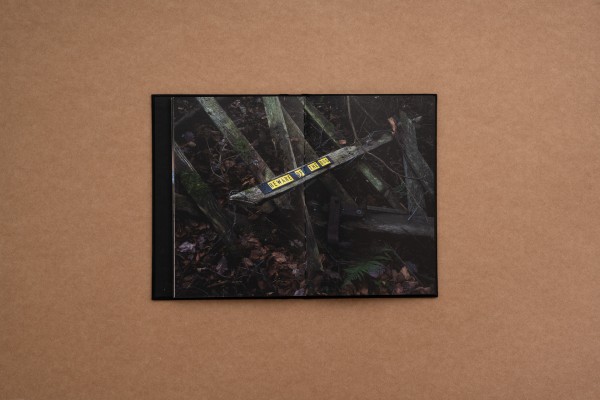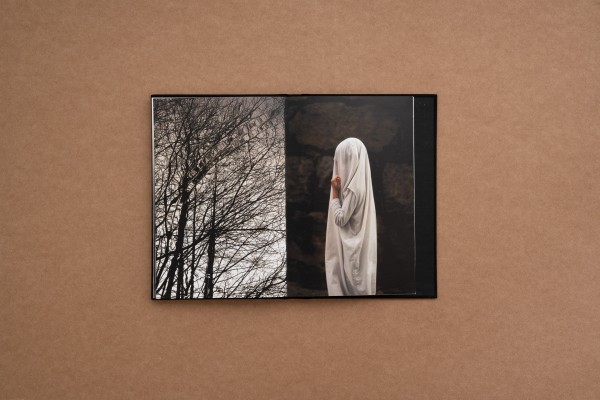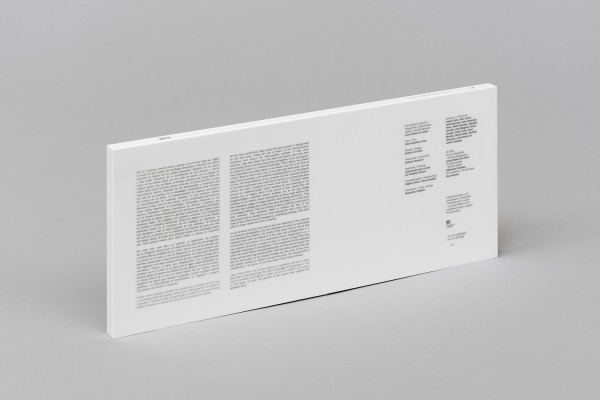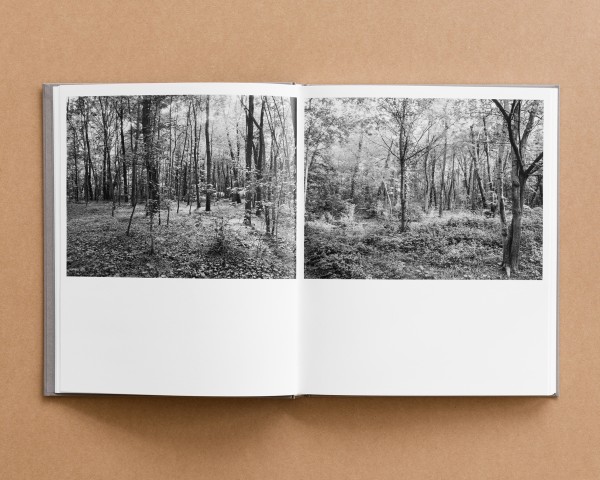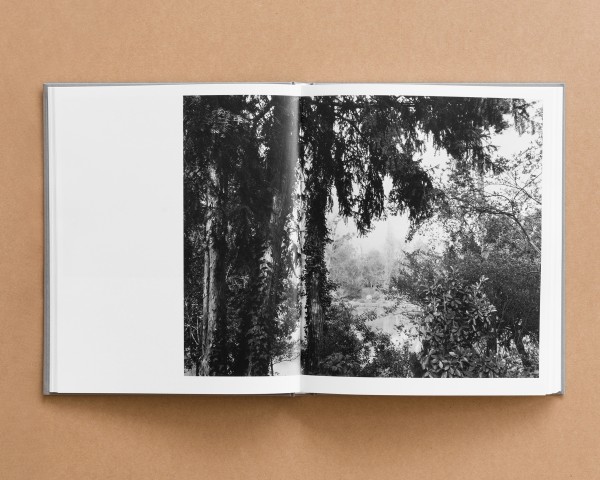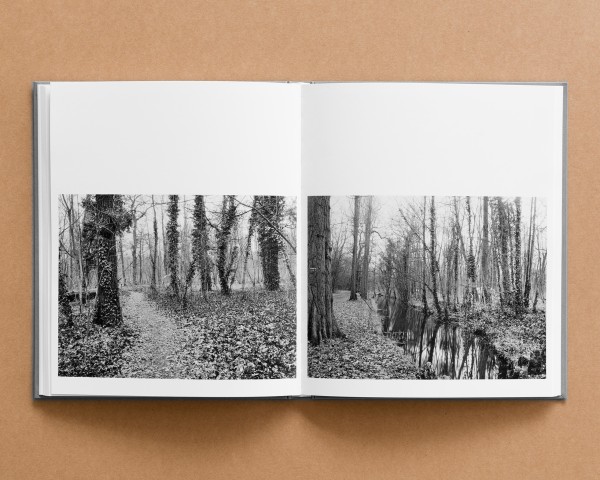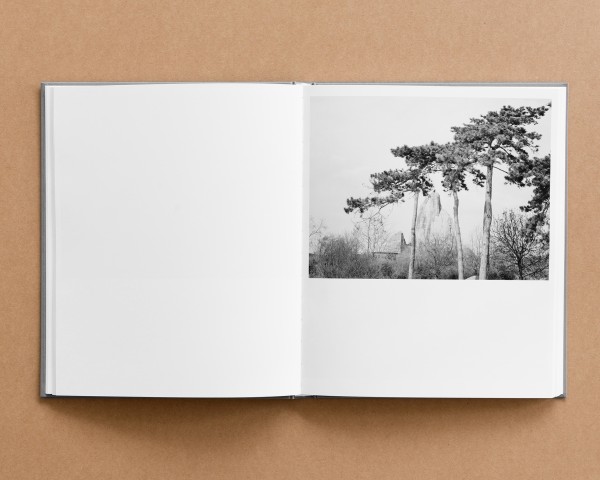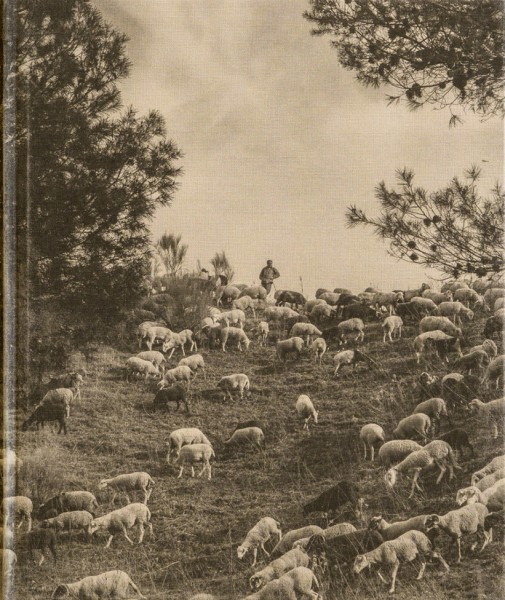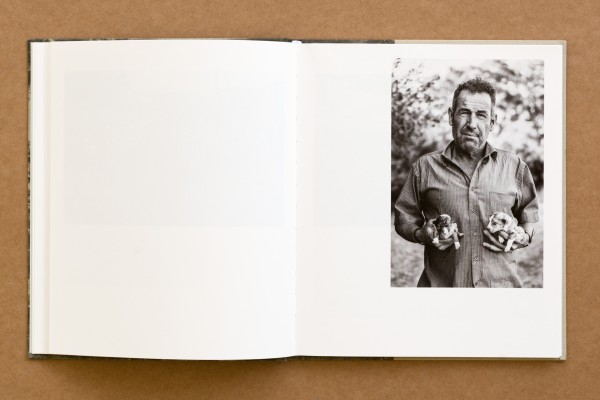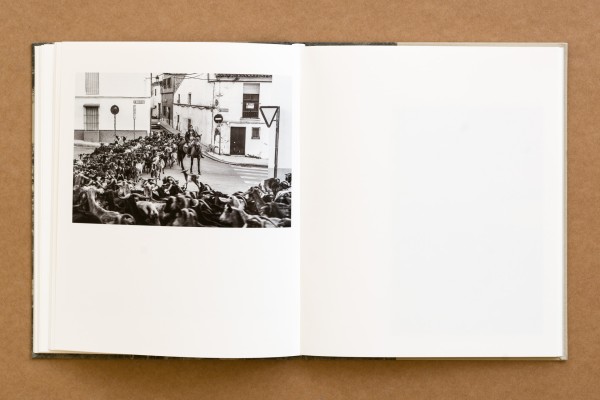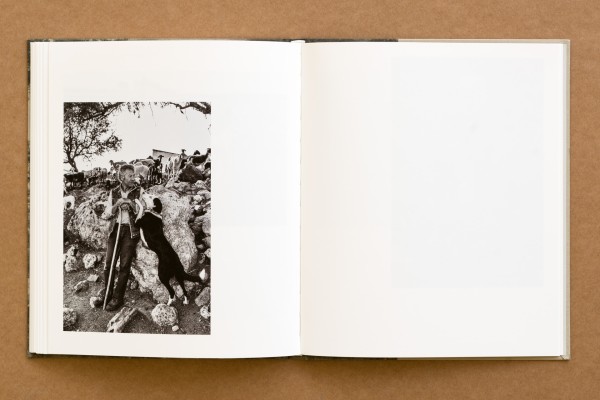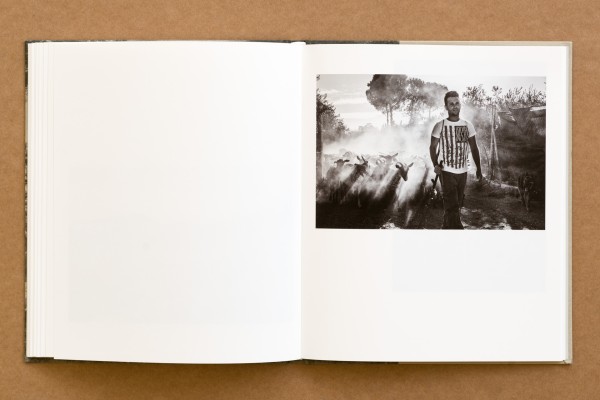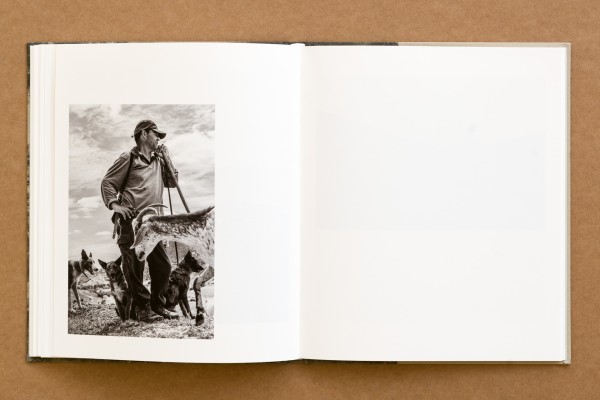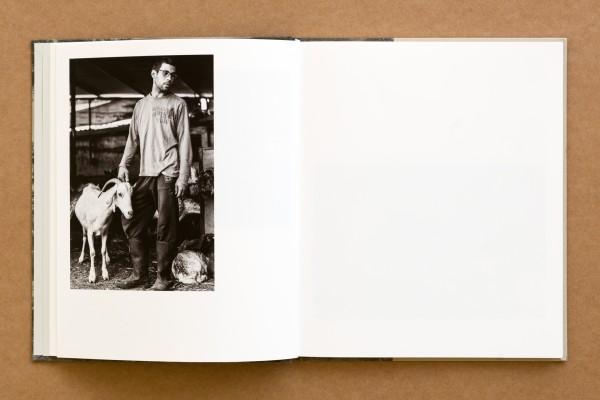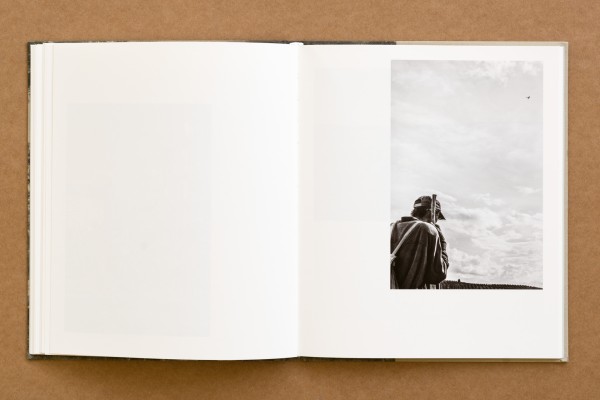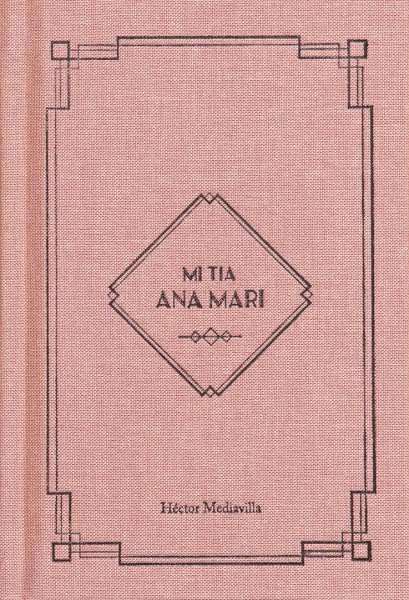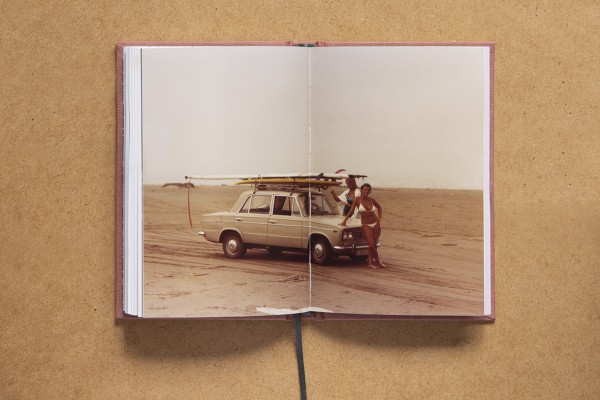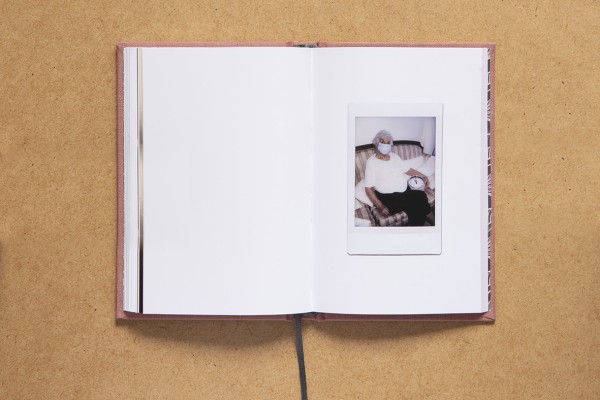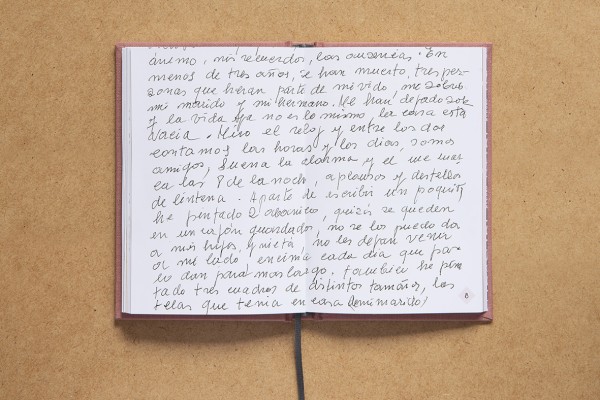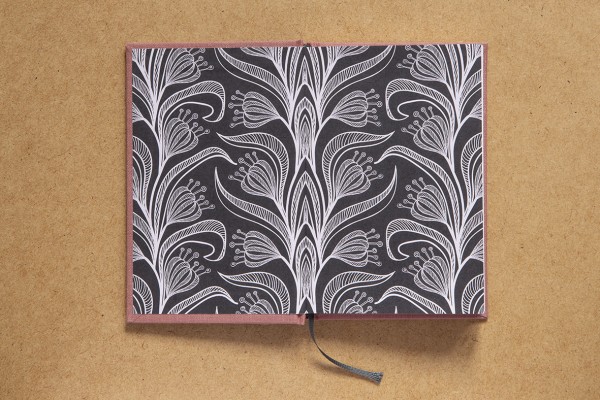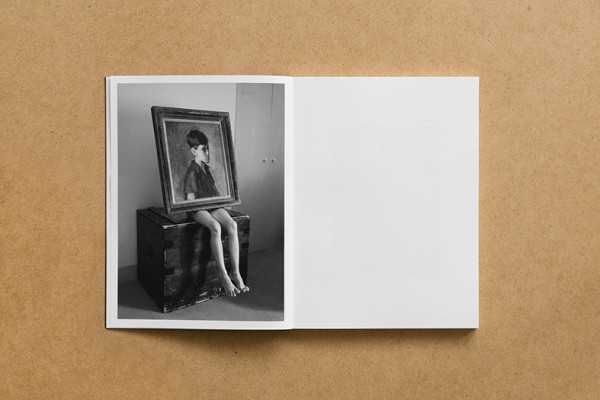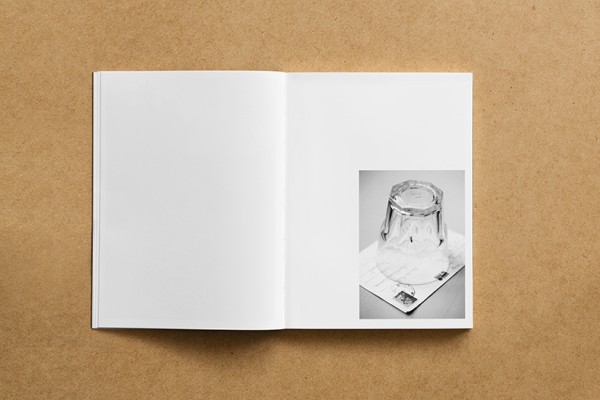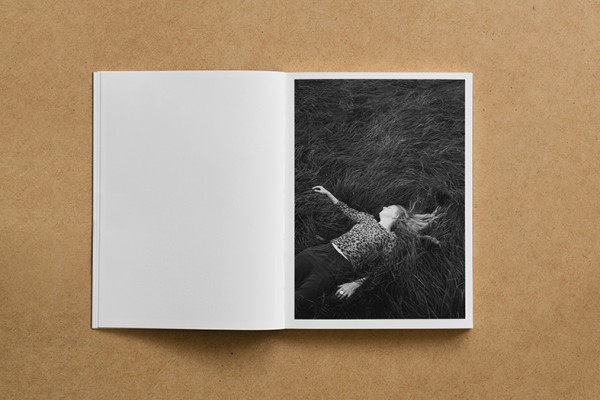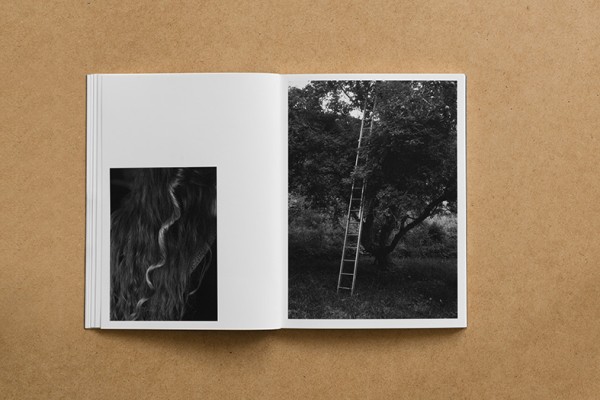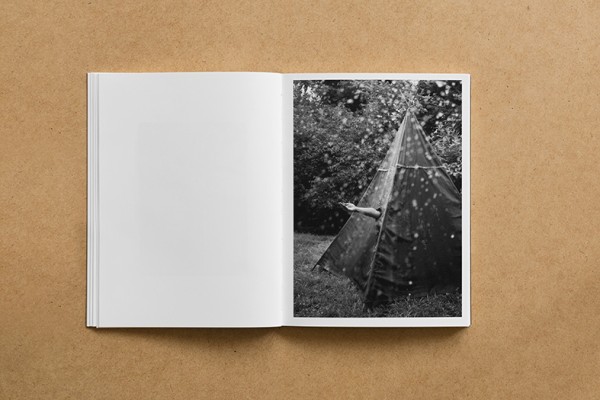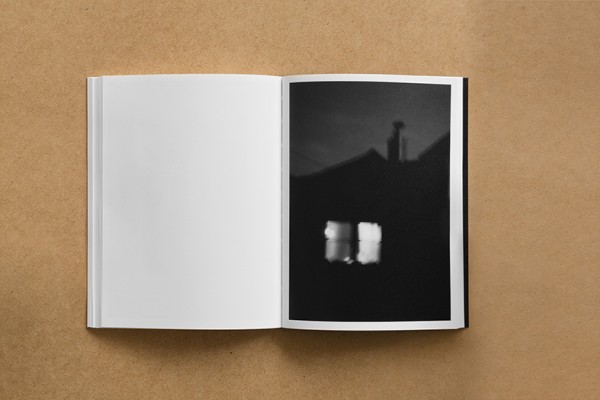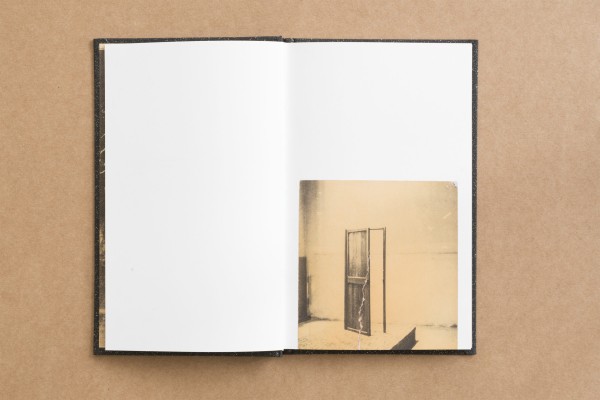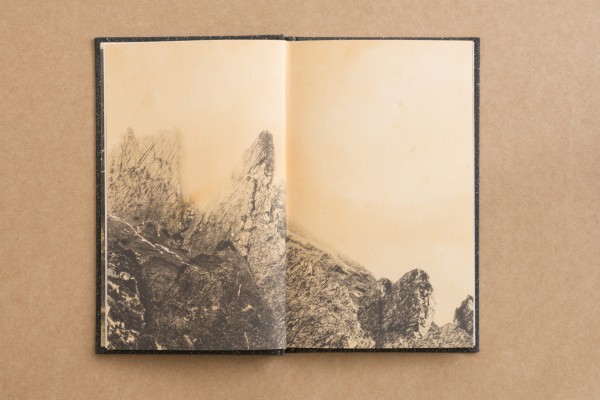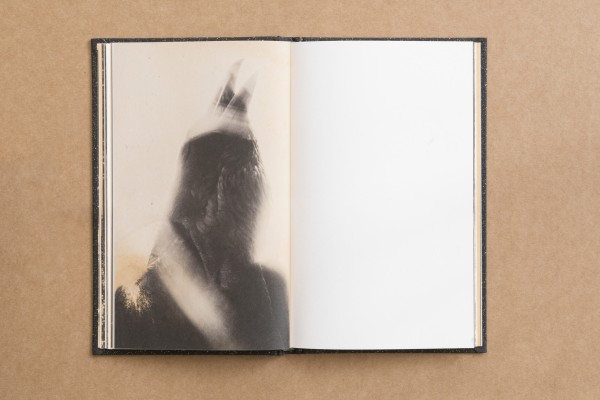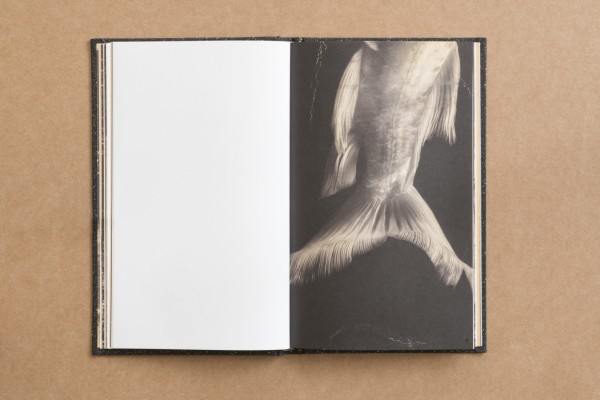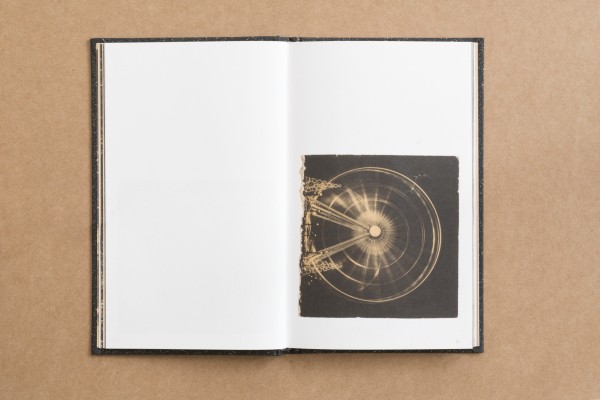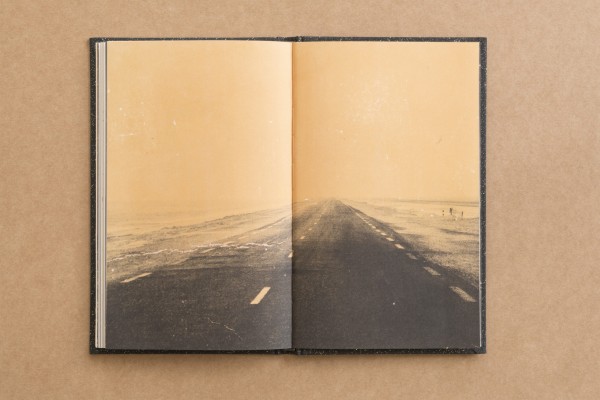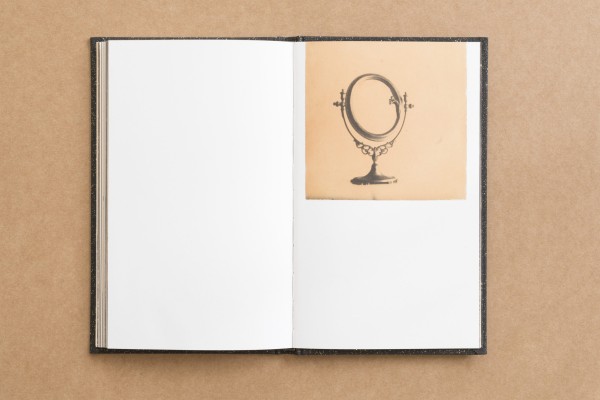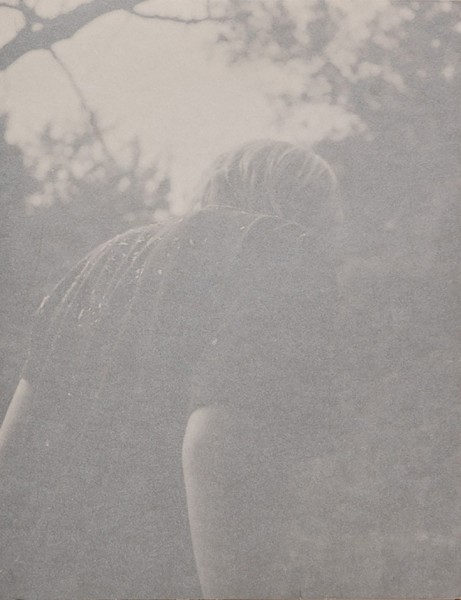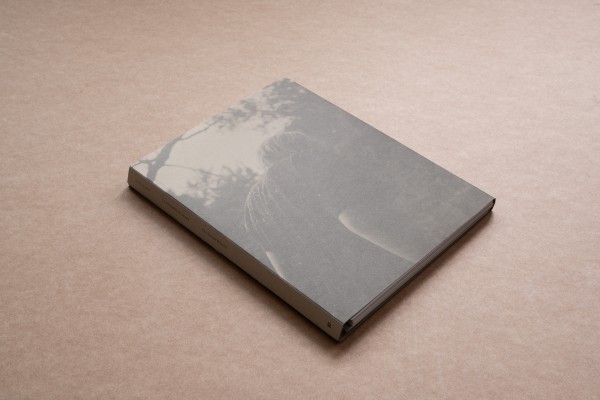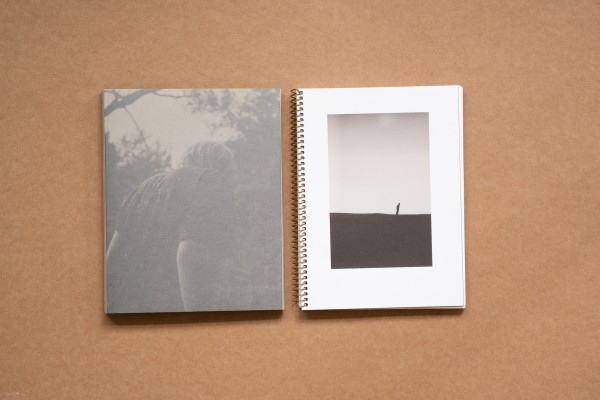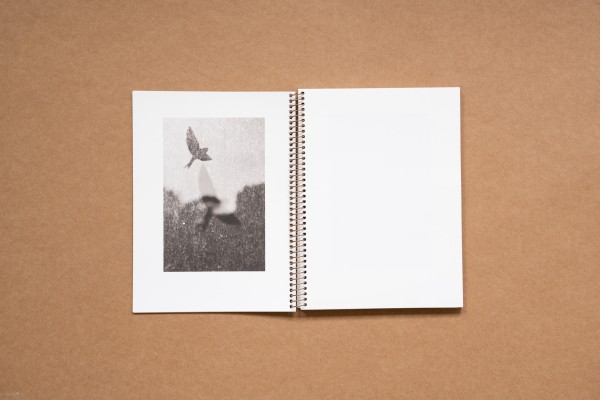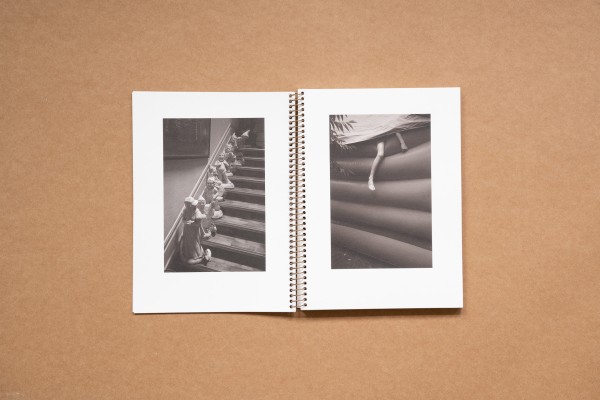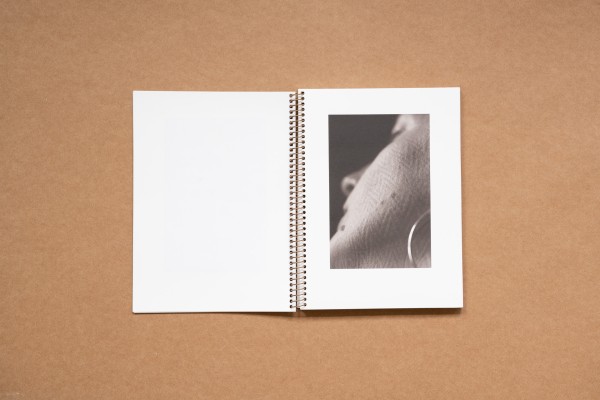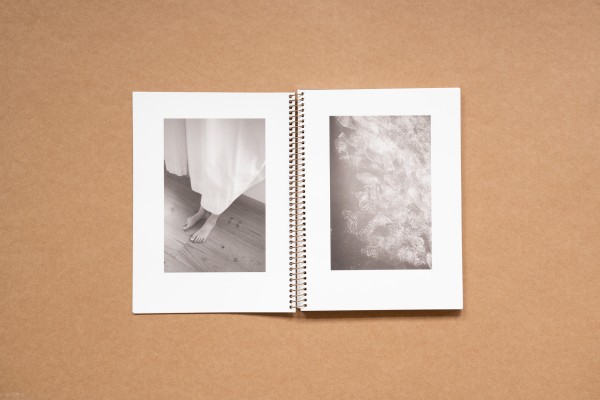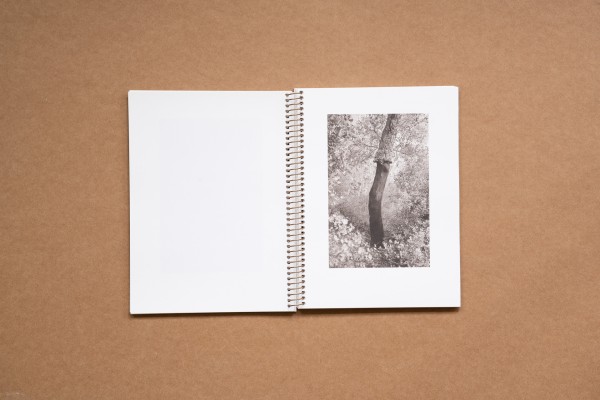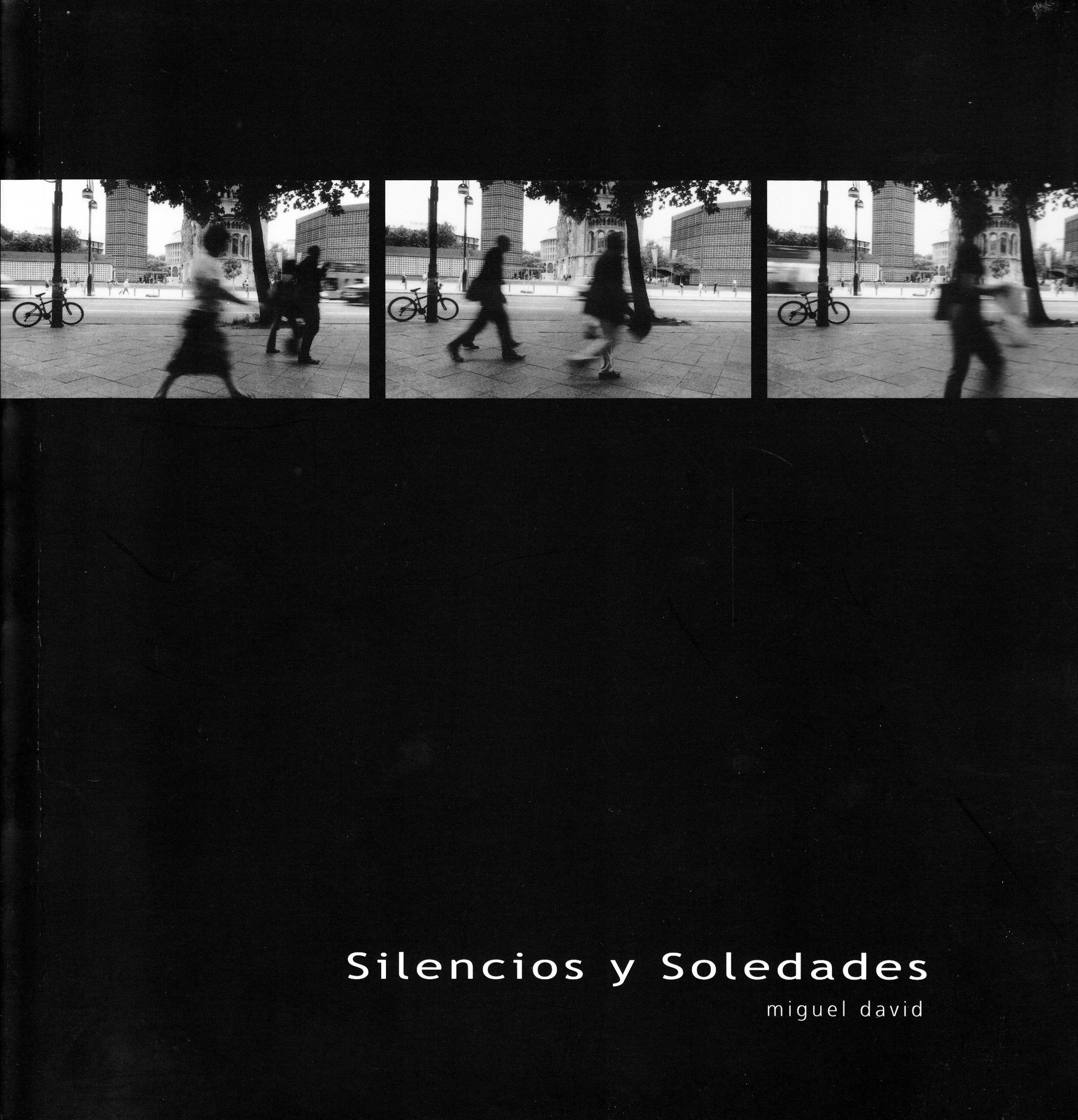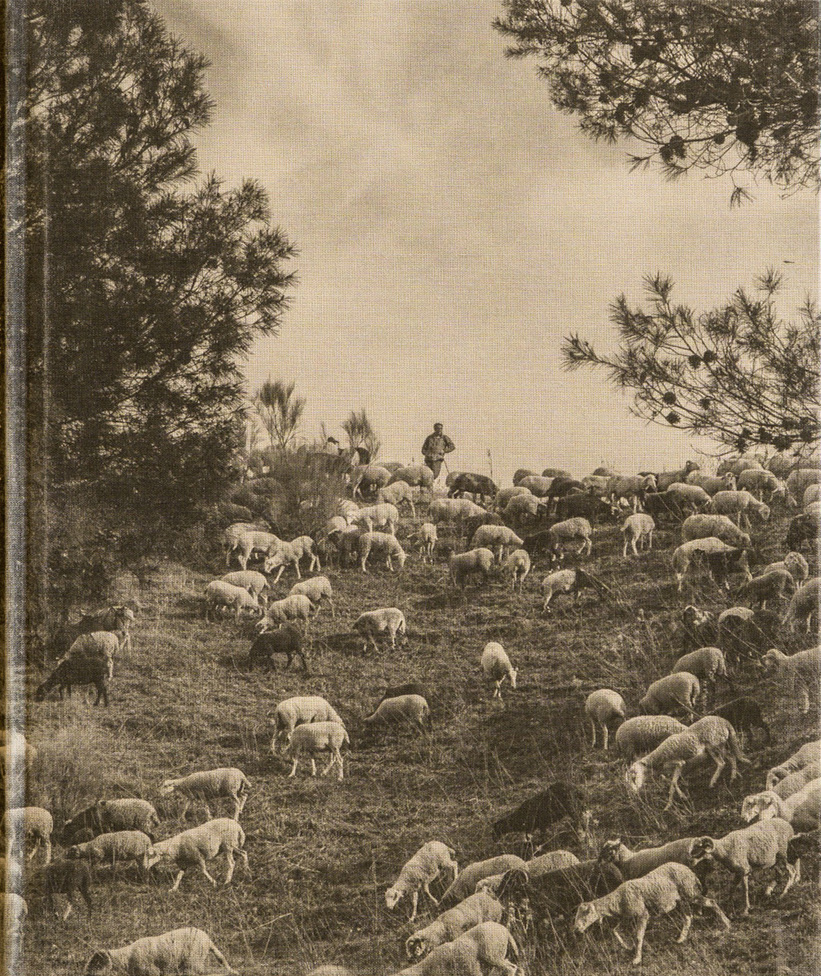
El Silencio del Cayado
Francisco Guardado
Ediciones Posibles
2020
Spain
Barcelona
Rafa Badía
underbau
Estefanía Fernández Fernández
La Troupe
AJ Binding
96
ENVÍO GRATUITO A ESPAÑA (oferta especial Fiebrephotobook)
Printed fabric hardcover
ENG Francisco Guardado began his photographic career in 2015 after retiring, and since then he has been documenting the lives of the sheep and goat herders in the Seville Spanish region of Campiña Morón-Marchena, where he lives. Paco uses photography to preserve the lives and trade of these shepherds who carry on their backs an ancient tradition passed down from generation to generation; men and women who, as the social anthropologist Estefanía Fernández Fernández writtes down in the book, are bearers of culture and managers of the territory through which they transit. The day that Paco showed us his project, the first thing we thought was that it was an honest job, also connected to a tradition, the humanistic photography that laid the foundations for documentary photography. His images conveyed respect for what the camera records, and captivated us with his search for a lyrical language that allowed him to ennoble at the sight of the profane what he showed without falling into manichaeism, paying special attention to gestures and looks . We also felt inmediatly identified with its formal austerity, starting with the distance at which the photographs are taken. Probably the author's age is what makes his approach as delicate as respectful. In times where old age has disappeared, the present continuous has replaced the future and speed is the natural state of the human being, and Paco, with a whole life on his shoulders, has come to tell us about the silent lives of those who walk alongside their herds since immemorial time, taking care of the animals and the landscape, that is, what there was and what should continue to be. That's why we feel so proud and grateful to publish his first book. When its protagonists, the shepherds, claim the right of passage of their herds through the territory, they are preserving the physical memory of the place, just as the photographer tries to fix the visual memory that allows to conserve what can be lost. That was probably the first of the functions photography had, and it's still valid today. In short, it is about bequeathing to future generations a document so that they remember where they come from and who they are. ESP
Francisco Guardado inició su carrera fotográfica en 2015 después de jubilarse, y desde entonces dedica su tiempo a documentar la vida de los pastores de ovejas y cabras de la comarca sevillana de Campiña Morón-Marchena, donde vive. Paco usa la fotografía para preservar las vidas y oficio de estos pastores que llevan sobre sus espaldas una tradición milenaria transmitida de generación en generación; hombres y mujeres que, como nos cuenta la antropóloga social Estefanía Fernández Fernández en el texto que acompaña este libro, son portadores de cultura y gestores del territorio por el que transitan. El día que Paco nos mostró su proyecto, lo primero que pensamos fue que era un trabajo honesto y que también bebía de una tradición, en este caso de la fotografía humanista que sentó las bases del reportaje documental. Sus imágenes nos transmitieron el respeto por lo que la cámara registra, y nos cautivó con su búsqueda de un lenguaje lírico que le permitía ennoblecer a la vista del profano aquello que mostraba sin caer en el maniqueísmo, fijándose especialmente en los gestos y en las miradas. También nos sentimos identificados con su austeridad formal, empezando por la distancia a la que son tomadas las fotografías. Seguramente la edad del autor ha influido en que ese acercamiento resulte tan delicado como respetuoso. En una época donde la vejez ha desaparecido, el presente continuo ha substituido al futuro y la velocidad es el estado natural del ser humano, Paco, con toda una vida sobre los hombros, ha venido a contarnos las vidas silenciosas de aquellos que caminan junto a sus rebaños desde tiempos inmemoriales, cuidando de los animales y del paisaje, es decir, de lo que hubo y de lo que debería seguir habiendo. Y nosotros no podemos más que sentirnos orgullosos y agradecidos de publicar su primer libro. Cuando sus protagonistas, los pastores, reclaman el derecho de paso de sus rebaños por el territorio, están preservando la memoria física del lugar, igual que el fotógrafo pretende fijar la memoria visual que permita conservar aquello que se puede perder. Esa fue probablemente la primera de las funciones que tuvo la fotografía, y sigue siendo válida hoy. Se trata, en definitiva, de legar a las generaciones futuras un documento para que recuerden de dónde vienen y quiénes son.







